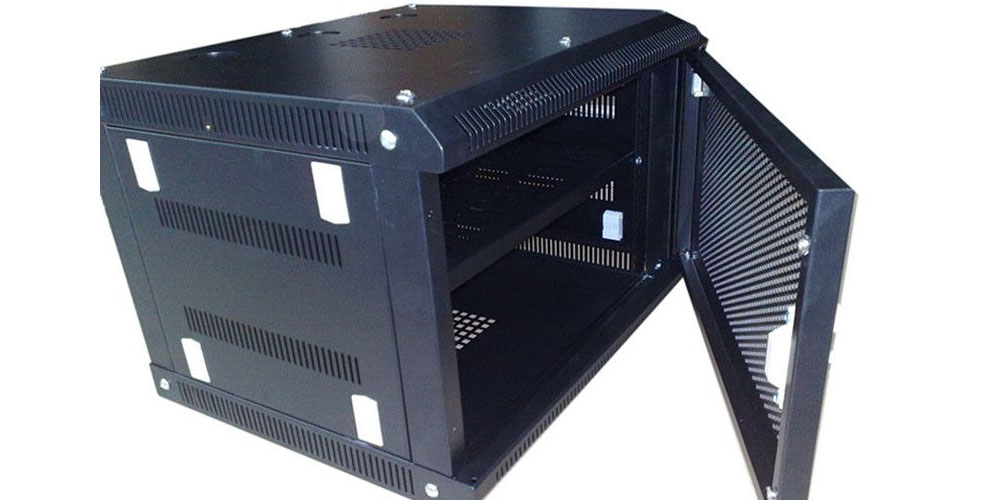Network racks are structures used in data and network centers for storing networking equipment and infrastructure. The market features two main types of network racks. These are wall-mounted and free-standing network racks. Wall-mounted network rack manufacturers have recently become quite popular. This post looks into wall-mounted network racks and everything you need to know about them.
What is a wall-mounted network rack?
A wall-mounted network rack is typically used for storing edge devices. These network racks are commonly used in individual departments where less networking equipment is required.
Characteristics of wall-mounted network racks
Below are some defining elements of wall-mounted network racks;
1. The size
Wall-mounted network racks come in varying sizes. Note that network rack manufacturers typically follow network equipment industry size standards. This is done to make certain that the equipment fits inside the network racks or cabinets. The standard size for a network rack is:
- Height– a typical network rack’s height is expressed in U (units). These are the number of units available on the network racks. For instance, one wall-mounted rack may contain between six to fifteen rack units. Note that a single rack unit usually features around 1.7 inches in height. Therefore, a six-unit wall-mounted network rack features an altitude of approximately 10.2 inches. Some manufacturers may add a few more inches to allow for easy movement of equipment within the racks.
- Width- the standard width of a wall-mounted network rack is about 19 inches. The size allows for the rack to accommodate any equipment with similar dimensions.
Note that the sizes are not fixed. Some manufacturers make larger products for better efficiency and accommodate network rack accessories and equipment.
2. Structure
Most wall-mounted network racks are usually made of hardened glass doors. This structural component helps to provide a view of the equipment inside. The products also feature locking mechanisms. These components allow for the physical security of the elements within the network rack. Note that some network racks have perforated doors. The doors are used to ensure consistent airflow within the rack. This helps prevent overheating. However, these perforated doors are often applied in server racks and not all network racks. Instead, network racks come with fans to avoid overheating.
3. Types
There are two types of wall-mounted racks. They are:
- Single section racks have one glass door at the front and have several holes and can either be fully opened or have several holes at the top and back to allow for cable entry and exit.
- Double section racks- these have a single rack section and additional openings behind the rack. They also have a rear panel fixed to the wall and a front panel that is easy to open and provides a view of the inside.
Conclusion
In addition to the defining elements listed above, it is also worth mentioning that most wall-mounted network racks are made with a steel body. They also have provisions for ventilation either at the top, side, bottom or through vents and holes. Some network rack manufacturers also offer accessories to enhance the performance of their products.

